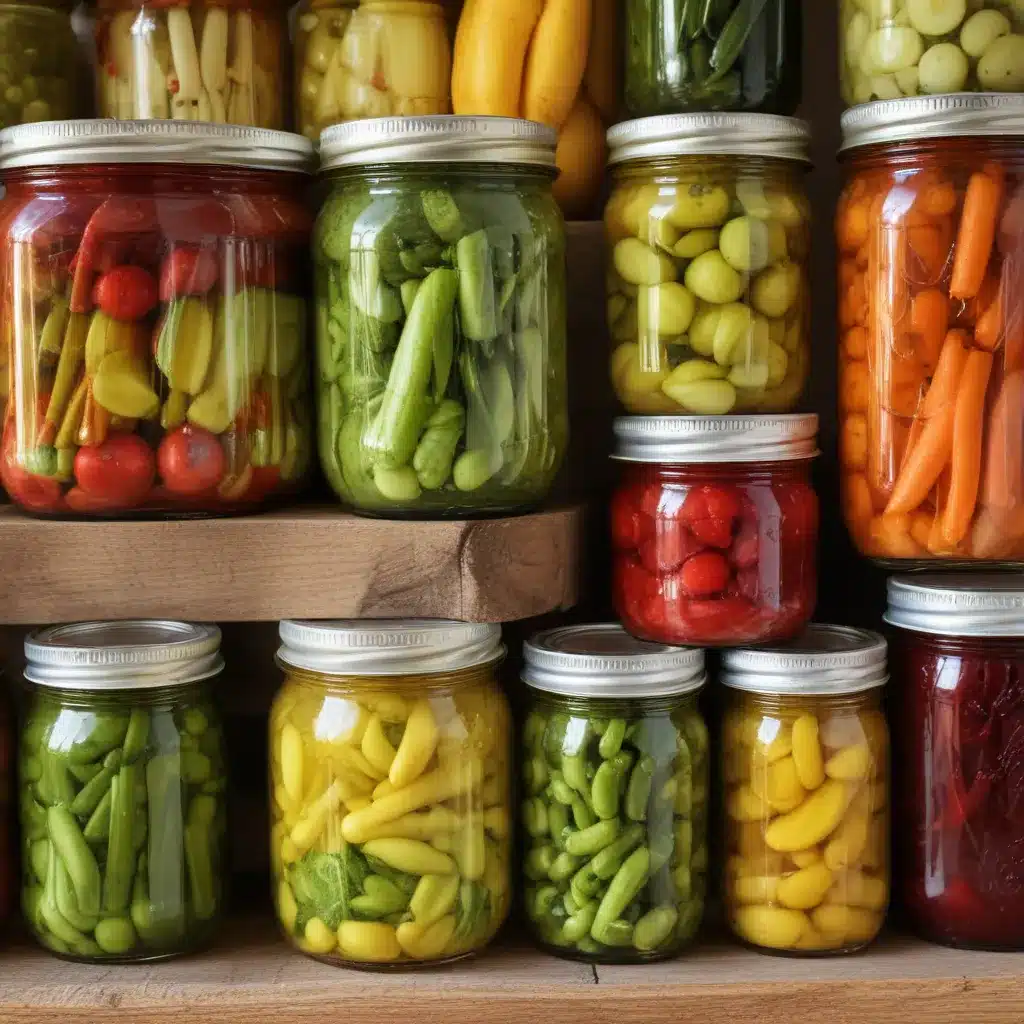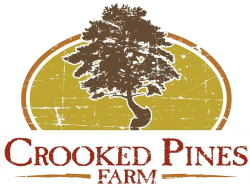
As the seasons change and the garden’s bounty ripens, preserving the flavors of summer and fall becomes a priority for the team at Crooked Pines Farm. Canning is one of the most time-honored and effective ways to capture the fresh, vibrant tastes of our homegrown produce, allowing us to enjoy them well into the colder months. Whether you’re a seasoned canner or just starting to explore this rewarding practice, this guide will walk you through the ins and outs of canning to help you savor the harvest all year round.
Fruit Preservation
Canning Sweet and Tart Fruits: From juicy peaches to tart apples, the world of canned fruits is vast and delicious. Water bath canning is the preferred method for high-acid fruits like berries, citrus, and stone fruits. By submerging filled jars in a pot of boiling water, you can create a shelf-stable product that retains the natural sweetness and texture of your harvest. Be sure to follow trusted recipes and processing times to ensure optimal flavor and safety.
Jams, Jellies, and Preserves: Few things capture the essence of summer like a spoonful of homemade jam or jelly. Canning these sweet, spreadable delights is a wonderful way to preserve the peak ripeness of your berries, stone fruits, and even tropical fruits like mangoes. When making jams and jellies, pay close attention to the sugar-to-fruit ratio and cooking times to achieve the perfect set.
Fruit Salsa and Chutney: Looking to add a new twist to your canning repertoire? Consider whipping up vibrant fruit salsas or rich, flavorful chutneys. These condiments pair beautifully with grilled meats, roasted vegetables, and artisanal cheese plates. The water bath canning process helps lock in the complex flavors of your homegrown produce, herbs, and spices.
Vegetable Canning
Pickled and Fermented Veggies: Crunchy dill pickles, tangy sauerkraut, and zesty kimchi are just a few examples of the delectable fermented and pickled vegetables you can preserve through canning. These low-acid foods require the use of a pressure canner to reach the necessary temperature to destroy any potentially harmful bacteria. Mastering the art of lacto-fermentation can yield an array of probiotic-rich delicacies to enjoy year-round.
Tomato-Based Canning: Few things are more satisfying than cracking open a jar of homemade tomato sauce, salsa, or whole peeled tomatoes in the middle of winter. Tomatoes, being low in acid, also necessitate pressure canning for safe preservation. Experiment with various tomato varieties, herbs, and spices to create your signature canned goods.
Pressure Canning for Low-Acid Foods: In addition to tomatoes, many other fresh vegetables require the use of a pressure canner to ensure proper sterilization and safety. Hearty staples like green beans, corn, peas, and carrots can all be pressure canned to maintain their vibrant colors, crisp textures, and robust flavors. Pressure canning takes a bit more time and equipment, but the convenience of shelf-stable, nutrient-dense veggies is well worth the effort.
Canning Equipment and Supplies
Canning Jars and Lids: The foundation of any successful canning endeavor is the right jars and lids. Look for high-quality, heat-tempered glass jars in a variety of sizes to accommodate your canning needs. Be sure to use new, two-piece canning lids each time to ensure a proper seal.
Canning Tools and Accessories: In addition to jars and lids, a few key tools can make the canning process a breeze. Invest in a sturdy jar lifter, magnetic lid wand, and wide-mouth funnel to simplify filling and processing your jars. A large stock pot or pressure canner, along with a reliable kitchen timer, are also essential.
Food Dehydration: While not technically “canning,” dehydrating fruits and vegetables is another excellent way to preserve your harvest. From dried apple slices and herb blends to crisp vegetable chips, a food dehydrator or oven can help you create shelf-stable, nutrient-dense snacks and seasonings.
Food Safety Considerations
Proper Sterilization: Ensuring proper sterilization of your canning equipment is crucial for safe, long-term storage. Thoroughly wash all jars, lids, and utensils in hot, soapy water before use, and consider boiling or sanitizing them in the dishwasher to eliminate any potential contaminants.
Acidity and pH Levels: The acidity of the food being canned will dictate the appropriate processing method. High-acid foods like fruits, pickles, and tomatoes can be safely processed using a water bath canner, while low-acid foods like vegetables and meats require the higher temperatures of a pressure canner.
Altitude Adjustments: Canning at high altitudes (above 1,000 feet) requires adjustments to processing times and pressure levels to account for the lower boiling point of water. Be sure to consult trusted resources or your local extension office for guidance on adapting your canning techniques to your geographic location.
Seasonal Canning Calendar
Summer Bounty: From juicy berries and stone fruits to vibrant tomatoes and zucchini, summertime is prime canning season. Take advantage of the season’s peak ripeness to can jams, salsas, and whole, peeled tomatoes for year-round enjoyment.
Fall Harvest: As summer transitions to autumn, the harvest shifts to hearty vegetables like green beans, corn, and carrots, all of which can be pressure canned for long-term storage. Don’t forget about the abundance of apples, pears, and pumpkins perfect for canning.
Winter Storage: The colder months are the perfect time to savor the hard work you put into preserving the summer and fall harvests. Organize your canned goods, rotate older items to the front, and plan your next year’s canning calendar to ensure a well-stocked pantry.
Whether you’re new to canning or a seasoned pro, the team at Crooked Pines Farm hopes this guide has inspired you to explore the art of preserving your homegrown bounty. By taking the time to can your fruits and vegetables, you can enjoy the flavors of the season all year round, while also reducing food waste and connecting more deeply with the land. Happy canning!


